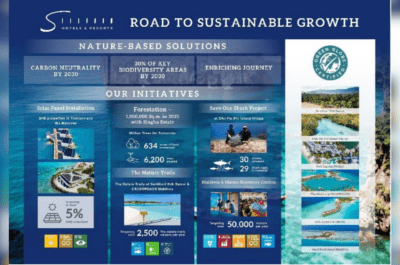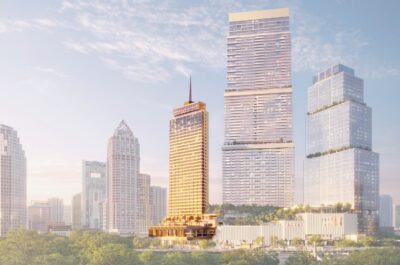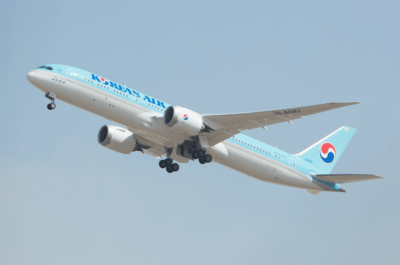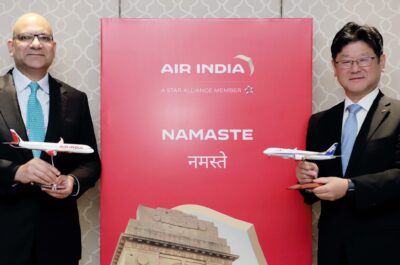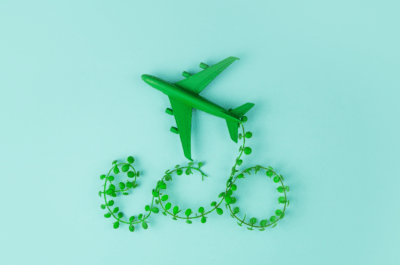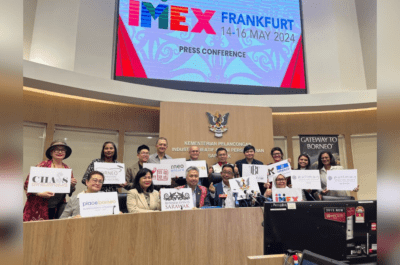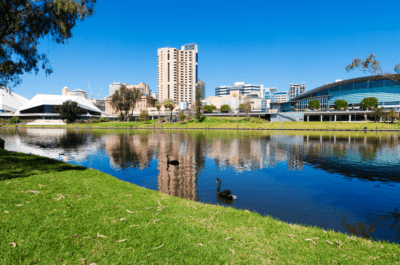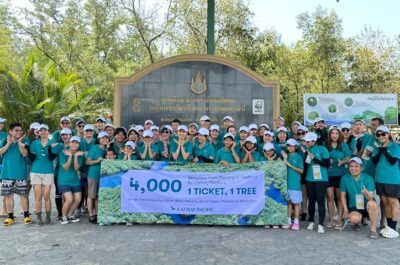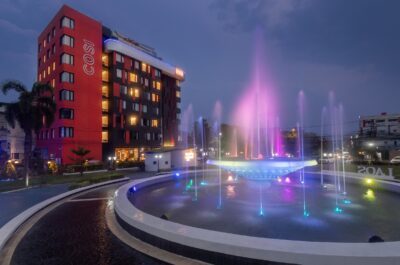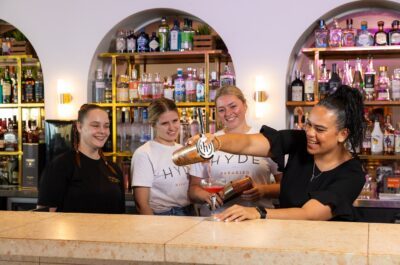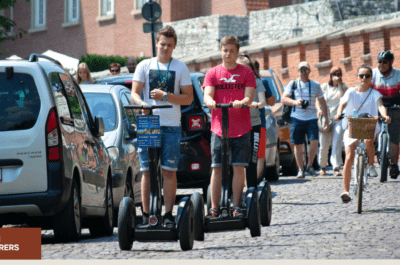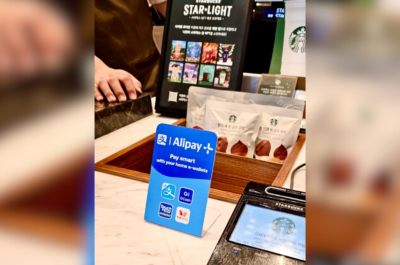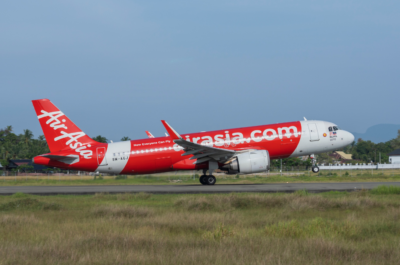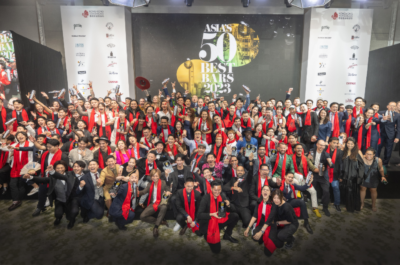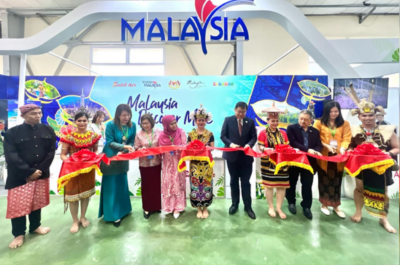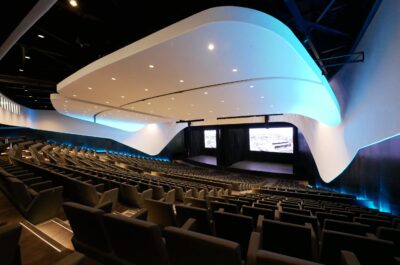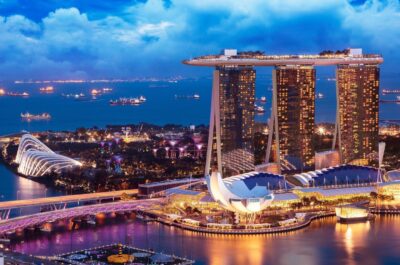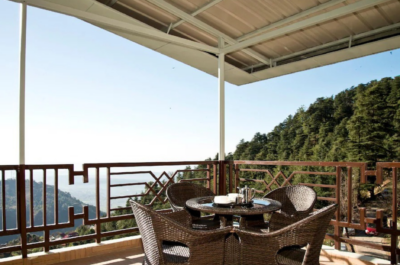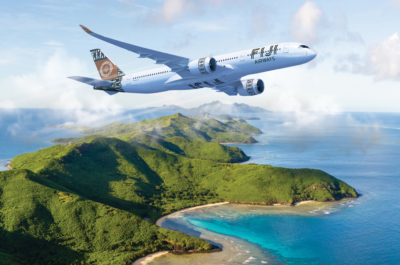Figures issued by the Hong Kong Tourism Board (HKTB) show that visitor arrivals for May 2003 plunged…
Figures issued by the Hong Kong Tourism Board (HKTB) show that visitor arrivals for May 2003 plunged 67.9% in the wake of the Severe Acute Respiratory Syndrome (SARS) outbreak, reaching only 427,254 compared with the 1.33 million visitors welcomed in the same month last year. This fall is even more severe than that recorded for April, when arrivals dropped by 64.8%.
Nevertheless, there are comforting signs that the worst is now over as the slippage eased to 59% in the final six days of the month, following the lifting of the travel advisory by the World Health Organization (WHO) on 23 May. In comparison, arrivals were down nearly 79% in the first five days of May, at the height of the SARS crisis.
HKTB Executive Director Clara Chong said she expected to see a continued steady revival from now on. We are already starting to see visitors coming back, especially from Mainland China, although other key markets like the US, UK, Southeast Asia, Korea, Taiwan and Australia are also showing gentle recovery. Early indications are that the fall in June will be around 40%, which is a considerable improvement, she commented.
The news earlier this week that the WHO has delisted Hong Kong as a SARS-affected area will add further momentum to the recovery. As we announced then, our revival campaign will enter its next phase on 13 July with the launch of our Hong Kong Welcomes You! promotion. The many amazing air and hotel offers that our tourism partners have put in place to entice visitors here, coupled with alluring offers from retailers, restaurants and other service providers when they arrive, should help us to package a wide range of offers for different markets, according to their travel readiness and preferences, and thus generate early arrivals.
Ms Chong added that the Global Revival Campaign had gained enthusiastic support from industry partners throughout the community. The hotels have unprecedentedly united together to launch a global `Be Our Guest` campaign, offering one night`s stay free for every two purchased. Various airlines have to date offered some 25,000 free tickets for visitors to come to Hong Kong. Many dining establishments are making enticing buy one, get one free offers, and more than HK$10 million worth of prizes have been pledged for the Lucky Draw, to provide added incentives for visitors to come to Hong Kong and spend.
For its part, the HKTB has already hosted almost 500 front-line travel trade staff and media guests, so that they can see for themselves that life in Hong Kong is back to normal, and spread the good word to travellers in their home countries.
These efforts will all help us to regenerate arrivals in the short term, Ms Chong explained. The longer-term aim is to build sustained growth through a global advertising campaign showcasing Hong Kong`s core strengths, and a series of mega-events continuing right through to March 2004. However, we have to accept that arrivals are unlikely to return to their previous levels until sometime next year.
Ms Chong encouraged Hong Kong residents to support the HKTB`s recovery efforts by phoning, e-mailing, or sending postcards or SMS messages to their friends and relatives worldwide, telling them that Hong Kong was ready to welcome visitors back. Tell them that there has never been a better time to visit Hong Kong in terms of value and excitement, she urged.
Analysis by Markets, May and Jan-May 2003
All markets were severely affected by the SARS crisis in May, most showing downturns of between 85% and 90%. As in April, however, arrivals from Mainland China showed the smallest impact, declining 42.7%.
Cumulatively, arrivals for the first five months of 2003 now stand at 17.5% down compared with the same period in 2002, although arrivals from the Mainland are still recording positive overall growth of 12.3%. All other markets are now showing negative overall growth of between 30% and 40%.
Same-Day Visitors
In May 2003, 43.8% of all visitors continued to other destinations on the same day as arrival, compared with only 34.7% for the same month in 2002. The likely reason for this increase is that many of those visitors who still came, especially short-haul business visitors, preferred to stay in Hong Kong for no longer than necessary. Some 84.4% of all visitors from Taiwan left again on the same day as arrival. In contrast, however, 61.3% of visitors from the Mainland stayed for one night or longer, as did 60.6% of those from the Americas.
For the first five months of 2003 to date, 61.9% of all visitors have stayed for one night or longer, compared with 64.5% over the same period in 2002.
Hotel Occupancy
Average occupancy rate across all categories of hotels and tourist guest houses in May was only 18%, compared with 83% in May 2002. This figure is even lower than the 22% recorded in April, despite special offers attracting patronage from some local residents. Hotels in the top tariff category were the most severely affected by the downturn, averaging only 14% occupancy compared with 78% a year earlier.
The true impact of SARS on the hotel sector may well have been even greater, as hotel occupancy rates are based on the average number of rooms available for the given period. A number of hotels have closed entire floors of their properties to reduce operational costs, or taken advantage of the downturn to bring forward renovation programmes. Both actions reduce available room supply.
In May 2003, occupancy rates were based on 30,627 available rooms, which represents 79.9% of a total inventory of 38,320 rooms in establishments responding to the HKTB`s surveys.
Cumulatively, occupancy for the first five months of 2003 now stands at 58%, compared with 83% for the same period in 2002.
Theodore is the Co-Founder and Managing Editor of TravelDailyNews Media Network; his responsibilities include business development and planning for TravelDailyNews long-term opportunities.







